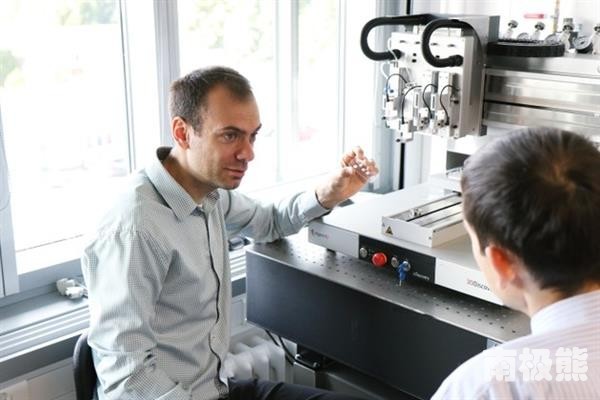Abstract:
3D printing is a process that develops an electronic image into a physical body. 3D printing print each layer of object in an isolative fashion.
Content:
The convention of 3D printing is developing strong implications in the field of medicine and therefore, medical facilities are using technology of 3D printing to create facsimiles of organic organs. Disabled people receive prosthetic organs tope rate as normally as physiologically possible for them. Following are areas of biomedical science where 3D printing has proved applicatory value.
Reprinting Stem Cells
Stem cells are particularly responsible for making growth possible in human body. However, 3D printing enabled mankind to physically replicate stem cells that futuristically empower us to biologically print stem cells to allow proper growth in cancerous areas of body.
Reprinting Epidermal Tissue
There weren’t any promising treatment of burn injuries before, but with 3D printing, there can be printed epidermal tissues that would replace damaged parts of skin. However, skin printing is at theoretical level and therefore, experimental work is ongoing that promises a lot of biomedical value in future.
Reprinting Medical Equipment
Medical equipment is expensive and therefore, 3D printing would contribute towards making surgical tools cheap. Developing nations and underdeveloped ones would largely appreciate the notion of cheap medical hardware. UN medical missions in Africa could benefit from 3D printed medical gear as well.
Reprinting Cardiovascular Organs
There is not any applicable prosthetic for heart and therefore, patients would die waiting for their turn to receive a transplant. However, with the help of 3D printing, there is a chance to develop capability to bio-print hearts in order to replace dysfunctional units of patients who cannot have timely transplant.
Continuing Cancer Research
Cancer researchers cannot observe direct effects of disease on body and therefore, 3D printed cells would be exposed to radiation. Exposure to radiation would enable us to understand systematic damage that occurs due to cancer. However, again this approach of studying cancer is a long story. We can only see potential of diagnostic method inspired by 3D printing at this time.
Training Medical Students
Medical students can be trained by using printed organs and therefore, their early exposure to human physiology would drive down the level of errors committed in a practical setting. The medical trainers would not need to disgrace dead bodies to educate next generation of doctors and medical technicians.
Conclusively, biomedical practice could significantly benefit from the emerging field of 3D printing. We could possibly biologically print skin, cardiovascular organs and stem cells. We may also provide inexpensive prostatic organs to disabled persons; cancer research could also be carried out with the assistance of featured technology. Cheap medical equipment is also physically printable and 3D printing is an avenue that would affect every dimension of medical practice in the future.
Author Biography
Scott Edger is a biomedical researcher who works with innovative medical technologies on daily basis, Medical Video Production Services and blogs about their importance and significant future in world. And he shares his practical on social you can like his page of Facebook and follow on Twitter and Gplus
